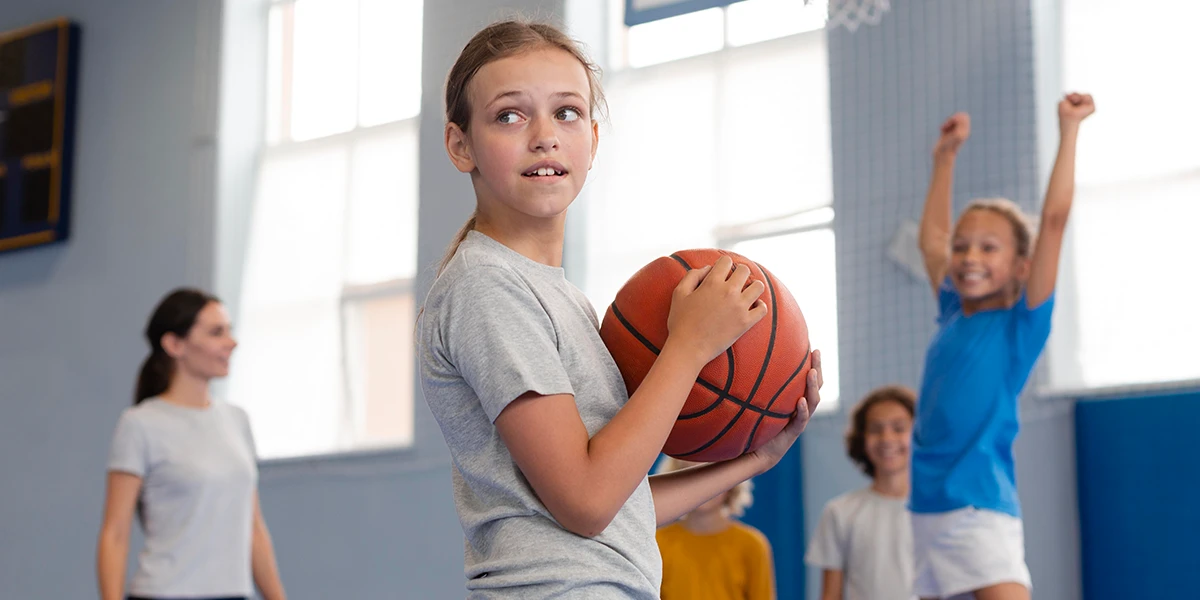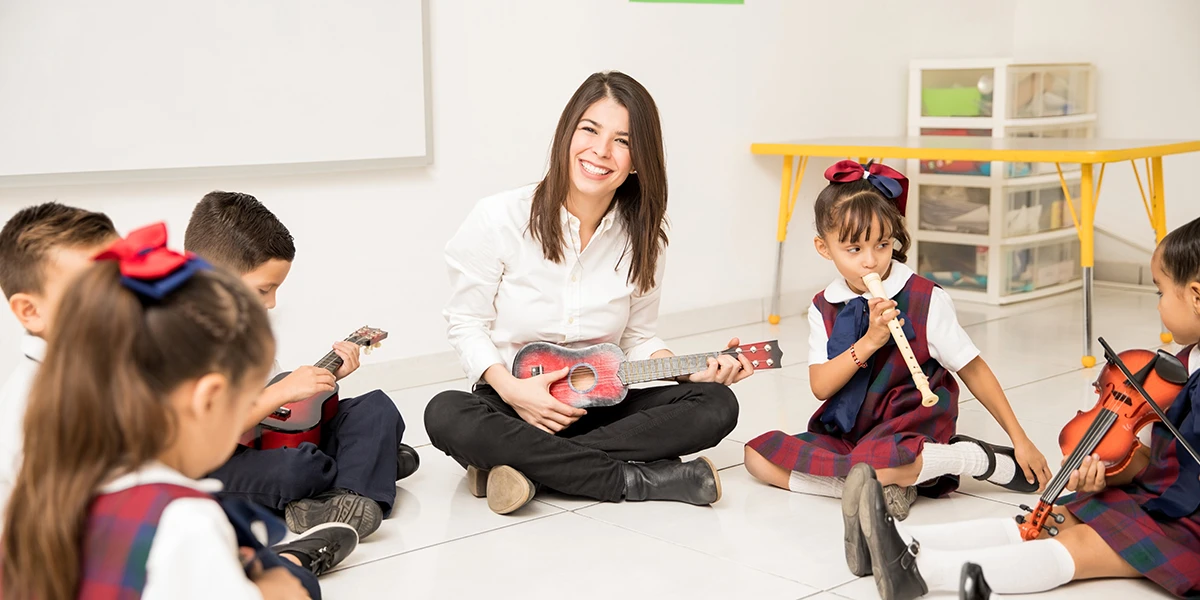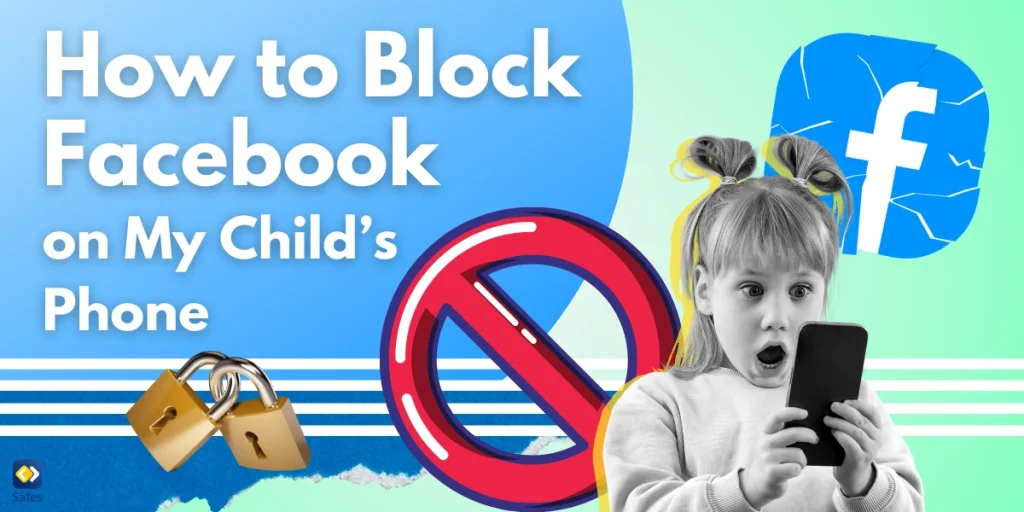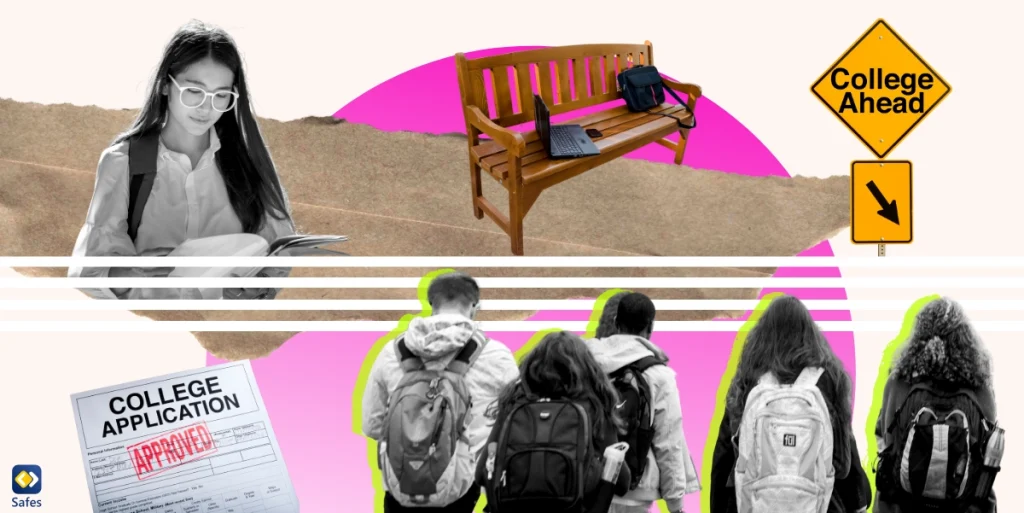Multiple intelligences theory suggests that intelligence is not a singular, fixed trait but rather a multifaceted spectrum of abilities that encompass different areas of cognition. According to this theory, individuals possess varying degrees of strengths in different domains of intelligence. As parents and educators, it is essential to recognize and nurture these different types of intelligence in children to help them reach their full potential. In this blog post, we will discuss how to integrate multiple intelligences in the classroom by exploring eight different types of intelligence: linguistic, logical-mathematical, spatial, bodily-kinesthetic, naturalist, intrapersonal, interpersonal, and musical intelligence.
Download and Start Your Free Trial of the Safes Parental Control App
Linguistic Intelligence
Linguistic intelligence refers to the ability to understand, analyze, and use language effectively. Individuals with high linguistic intelligence excel in areas such as reading, writing, speaking, and listening.
To nurture linguistic intelligence in the classroom, educators can provide activities that involve storytelling, reading, writing assignments, poetry, debates, and public speaking. Strategies like word games, vocabulary building, and journaling can also be effective.
Linguistic intelligence is closely connected to logical-mathematical intelligence, as both require analytical and problem-solving skills. It also overlaps with interpersonal intelligence, as effective communication is essential for building relationships with others.
Logical-Mathematical Intelligence
Logical-mathematical intelligence is the ability to reason, analyze, and solve problems using logic and mathematical concepts. People with high logical-mathematical intelligence are adept at critical thinking, pattern recognition, and abstract reasoning.
In the classroom, nurturing this intelligence can be achieved by providing opportunities for students to engage in activities that require problem-solving, logical reasoning and analytical thinking. For example, math games, puzzles, and experiments can help students develop their logical-mathematical intelligence. Teachers can also encourage discussions that involve analyzing and evaluating arguments and use visual aids such as diagrams and graphs to help students visualize complex concepts.
Logical-mathematical intelligence is closely linked to other types of intelligence, such as spatial intelligence, as it involves the ability to understand and manipulate abstract concepts and relationships. It also has connections to linguistic intelligence, consisting of using language to express and communicate mathematical ideas.
Spatial Intelligence
Spatial intelligence refers to the ability to perceive and understand visual information, such as shapes, colors, and patterns, and to mentally manipulate and transform these images. Individuals with high spatial intelligence have a strong sense of direction and can easily navigate through space.
In the classroom, teachers can nurture spatial intelligence by providing activities that involve 3D modeling, drawing, painting, and building projects. Puzzles, mazes, and visual-spatial games can also help students develop their spatial skills. Teachers can also encourage students to visualize and mentally manipulate objects to solve problems.
Spatial intelligence is closely connected to other types of intelligence, such as logical-mathematical intelligence, as both involve the ability to understand and manipulate abstract concepts. It also has connections to bodily-kinesthetic intelligence, as spatial intelligence is important for movement and coordination.
Bodily-Kinesthetic Intelligence
Bodily-kinesthetic intelligence refers to the ability to use the body effectively to solve problems, create, or express oneself. Individuals with high bodily-kinesthetic intelligence have good control over their body movements, coordination, and dexterity.
In the classroom, teachers can nurture this intelligence through activities that involve physical movement, such as sports, dance, drama, and hands-on projects. They can also use strategies such as role-playing, simulations, and other forms of experiential learning to help students develop their bodily-kinesthetic intelligence.
Bodily-kinesthetic intelligence has connections to other types of intelligence, such as spatial intelligence, as it involves the ability to understand and perceive spatial relationships. It’s also linked to interpersonal intelligence, as it involves the ability to communicate non-verbally through body language and gestures.

Naturalist Intelligence
Naturalist intelligence refers to the ability to recognize and categorize natural objects and phenomena, such as flora, fauna, and geological formations. Children with high naturalist intelligence are often skilled in environmental science, biology, and ecology.
Naturalist intelligence can be nurtured by providing activities that involve exploring and observing the natural world, such as nature walks, gardening, and animal observation. Teachers can also use strategies such as field trips, hands-on experiments, and the use of technology to help students develop their naturalist intelligence.
Naturalist intelligence is closely linked to other types of intelligence, such as spatial intelligence, as it involves the ability to perceive and understand the natural environment. It also connects to interpersonal intelligence, as it involves understanding and communicating with other living beings.
Intrapersonal Intelligence
Intrapersonal intelligence refers to the ability to understand and regulate one’s own emotions, motivations, and thought processes. People with high intrapersonal intelligence are often skilled in areas such as self-reflection, self-awareness, and goal setting.
Teachers can nurture intrapersonal intelligence in the classroom by providing activities that encourage self-expression, such as journaling, mindfulness exercises, and reflective writing assignments. Teachers can also use goal setting, self-evaluation, and personal reflection strategies to help students develop their intrapersonal intelligence.
Intrapersonal intelligence is connected to other types of intelligence, such as emotional intelligence, as it involves understanding and regulating emotions. It also connects to logical-mathematical intelligence, as it consists of the ability to analyze and evaluate one’s thought processes.
Interpersonal Intelligence
Interpersonal intelligence refers to the ability to understand and communicate effectively with others. In the classroom, teachers can nurture interpersonal intelligence by providing group work activities, such as debates, collaborative projects, and problem-solving activities. Teachers can also use role-playing, active listening, and conflict-resolution strategies to help students develop their interpersonal intelligence.
Interpersonal intelligence is connected to other types of intelligence, such as emotional intelligence, as it involves the ability to understand and empathize with others’ emotions. It also has connections to linguistic intelligence, as effective communication is essential for building relationships with others.
Musical Intelligence
Musical intelligence refers to the ability to understand and create music. Teachers can nurture musical intelligence in the classroom by providing activities that involve listening to and creating music, such as sing-alongs, music composition, and music appreciation. Teachers can also use rhythm games, musical storytelling, and instrument exploration to help students develop their musical intelligence.
Musical intelligence is connected to linguistic intelligence, as it involves language and syntax in music. It also has connections to bodily-kinesthetic intelligence, as playing an instrument or singing involves physical movement and coordination.

How Can Safes Help Nurture Your Child’s Intelligence?
The Safes parental control app can help nurture different types of intelligence in children by reducing digital distractions and harmful excessive screen time. By limiting device usage and monitoring their online activity, parents can encourage their children to engage in other activities that promote various types of intelligence, such as physical activity, social interaction, creativity, and critical thinking.
The app is available on both Android and iOS devices, and you can download it from our website. You can enjoy a free 14-day trial with premium features, such as app blocking, website filtering, and screen time scheduling. To learn how to use Safes to nurture your child’s intelligence, use the following links:
- Windows parental controls
- Macbook parental controls
- Parental controls on Android
- iPhone parental controls
Conclusion
In conclusion, individuals possess several types of intelligence, including spatial, bodily-kinesthetic, naturalist, intrapersonal, interpersonal, and musical intelligence. In the classroom, teachers can utilize various activities and strategies to help nurture each type of intelligence among their students. However, in today’s digital age, excessive screen time and distraction can hinder the development of these types of intelligence. Parents can utilize parental control apps such as Safes to reduce digital distractions and screen time, which can help children engage in other activities that promote the development of various types of intelligence. By encouraging a balance between digital and offline activities, you can help your child develop a well-rounded set of skills that will prepare them for success in all aspects of life.
Your Child’s Online Safety Starts Here
Every parent today needs a solution to manage screen time and keep their child safe online.
Without the right tools, digital risks and excessive screen time can impact children's well-being. Safes helps parents set healthy boundaries, monitor activity, and protect kids from online dangers—all with an easy-to-use app.
Take control of your child’s digital world. Learn more about Safes or download the app to start your free trial today!




